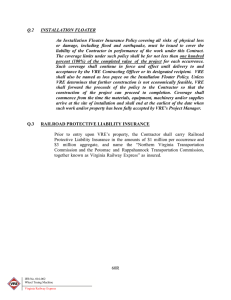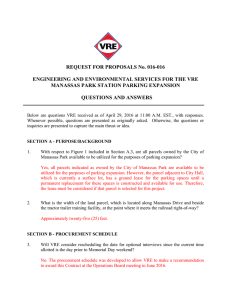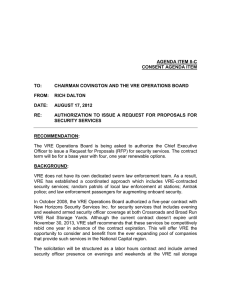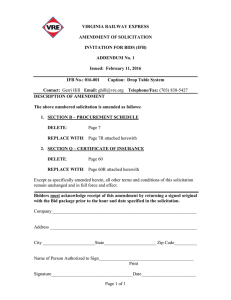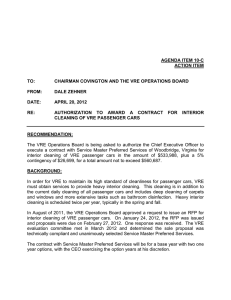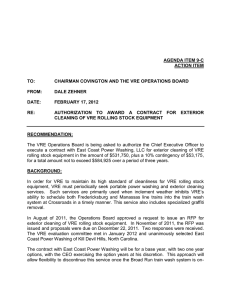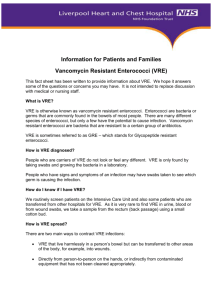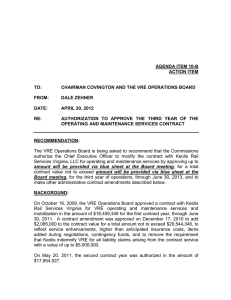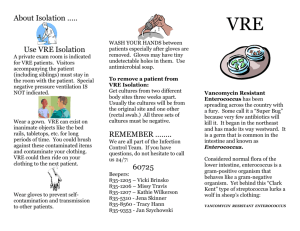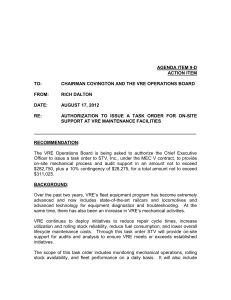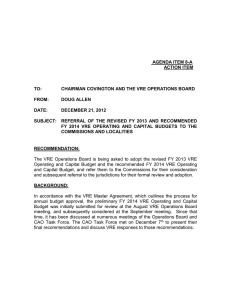VRE - Queensland Health
advertisement
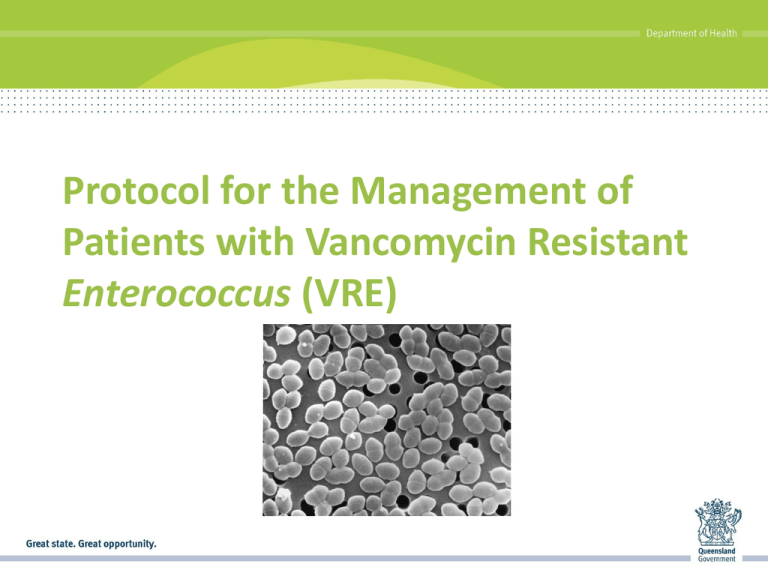
Protocol for the Management of Patients with Vancomycin Resistant Enterococcus (VRE) Overview • • • • What is VRE? How is VRE spread? VRE Patient Management Environmental cleaning What is VRE? • • • • • Enterococci are Gram-positive bacteria Normally found in the human intestines Generally do not cause harm Vancomycin is an antibiotic Enterococci may become resistant to Vancomycin How is VRE spread? • VRE is spread from person to person by: – From patient to patient via unwashed healthcare worker’s hands – From a contaminated environment via unwashed healthcare worker’s hands – Through equipment that hasn’t been cleaned appropriately Patient Isolation • Contact precautions • Patients must be cared for in: – Single room with unshared ensuite – A shared room with other patients who have VRE • In ambulatory settings: – Do not segregate in waiting rooms – Place patients into an examination room without delay Personal Protective Equipment (PPE) • PPE must be worn: – Prior to entering the patient environment – Removed before exiting the patient environment • Aprons (staff must ensure their arms are “bare below the elbows”) • Or a gown • Gloves Environmental Cleaning • One-step process: – Combined detergent and 1000 ppm available chlorine solution • Cleaning shall occur: – Daily or routine – On transfer or discharge of the patient – Discharge cleaning of renal dialysis and day therapy unit areas of VRE carriers – For shared patient care devices for patients with VRE Environmental Cleaning • Maintain transmission-based contact precautions • Daily clean of: – All patient surrounds – Commonly touched objects – Refer to QH – Cleaning Services, Policies, Standards and Operational Guidelines 2012 More information? • Queensland Health Protocol: Management of Patients with Vancomycin Resistant Enterococcus (VRE) available from: http://www.health.qld.gov.au/directives/docs /ptl/qh-hsdptl-029-2.pdf
